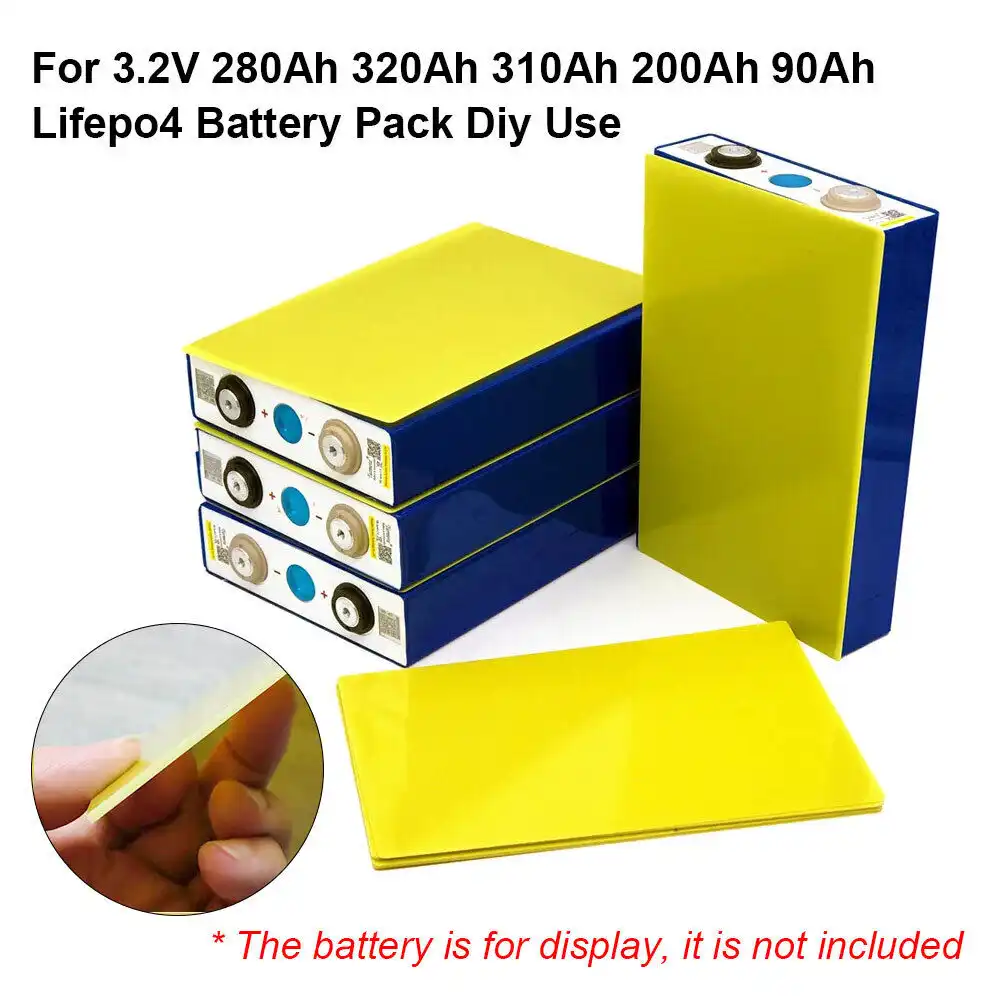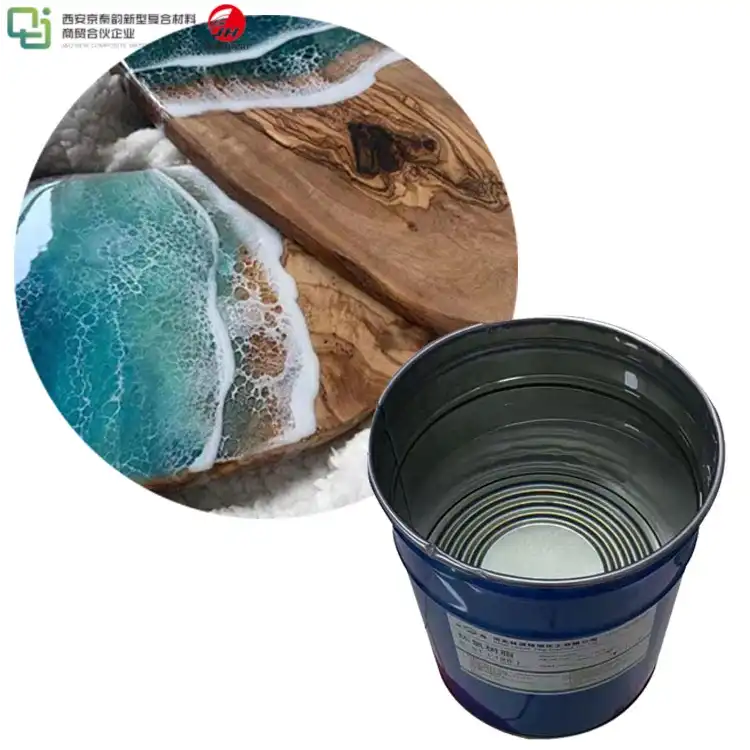What is the thermal resistance of 3021 phenolic paper sheet?
2024-12-20 17:20:37
The thermal resistance of 3021 phenolic paper sheet is a crucial property that determines its effectiveness as an insulating material. Typically, 3021 phenolic paper sheet exhibits excellent thermal resistance, with values ranging from 0.20 to 0.25 W/m·K (watts per meter-kelvin). This low thermal conductivity translates to high thermal resistance, making it an ideal choice for applications requiring effective heat insulation. The precise thermal resistance can vary slightly depending on the specific composition and manufacturing process, but 3021 phenolic paper sheet consistently demonstrates superior insulating capabilities compared to many other materials in its class.
Understanding 3021 Phenolic Paper Sheet and Its Thermal Properties
Composition and Manufacturing Process
3021 phenolic paper sheet is a composite material crafted from high-quality kraft paper impregnated with phenolic resin. The manufacturing process involves carefully layering the impregnated paper sheets and subjecting them to heat and pressure. This process results in a dense, homogeneous material with exceptional mechanical and electrical properties.
The phenolic resin acts as a binder, creating a strong, cohesive structure that contributes to the sheet's thermal resistance. The kraft paper provides a robust base, enhancing the material's overall strength and durability. This unique combination of components results in a product that excels in various industrial applications.
Thermal Resistance Mechanisms
The thermal resistance of 3021 phenolic paper sheet stems from several key factors. The layered structure of the material creates multiple interfaces that impede heat flow. These interfaces act as barriers, forcing heat to take a more circuitous path through the material.
Additionally, the phenolic resin itself has inherently low thermal conductivity. When combined with the fibrous structure of the kraft paper, it creates a matrix that effectively traps air pockets. These microscopic air pockets further enhance the material's insulating properties, as air is an excellent thermal insulator.
Factors Affecting Thermal Resistance
Several factors can influence the thermal resistance of 3021 phenolic paper sheet. The density of the material plays a significant role, with higher density generally correlating to improved thermal resistance. The thickness of the sheet also affects its insulating capabilities, with thicker sheets providing greater resistance to heat flow.
Environmental conditions, such as temperature and humidity, can also impact the thermal performance of the material. Extreme temperatures or high moisture levels may slightly alter the thermal resistance properties, though 3021 phenolic paper sheet generally maintains its effectiveness across a wide range of conditions.
Applications Leveraging the Thermal Resistance of 3021 Phenolic Paper Sheet
Electrical and Electronics Industry
The exceptional thermal resistance of 3021 phenolic paper sheet makes it an invaluable material in the electrical and electronics industry. It is frequently used in the production of printed circuit boards (PCBs), where its ability to withstand high temperatures and provide electrical insulation is crucial.
In power distribution systems, 3021 phenolic paper sheet serves as an effective insulator for transformers and switchgear. Its thermal resistance helps prevent overheating and ensures the safe and efficient operation of electrical equipment. The material's stability at elevated temperatures also makes it suitable for use in motor and generator components.
Automotive and Aerospace Sectors
The automotive industry relies on 3021 phenolic paper sheet for various applications where thermal management is critical. It is used in the production of underhood components, such as gaskets and insulators, where its ability to withstand high temperatures and resist thermal degradation is essential.
In the aerospace sector, the thermal resistance of 3021 phenolic paper sheet is utilized in the construction of aircraft interiors and structural components. Its lightweight nature, combined with excellent insulating properties, makes it an ideal material for reducing heat transfer in aircraft cabins and protecting sensitive equipment from temperature fluctuations.
Industrial Machinery and Equipment
Industrial machinery often operates in high-temperature environments, necessitating materials with superior thermal resistance. 3021 phenolic paper sheet finds applications in various industrial equipment, including pumps, compressors, and turbines. Its ability to maintain its properties under extreme conditions ensures the longevity and reliability of these critical components.
In the oil and gas industry, 3021 phenolic paper sheet is used for insulating pipelines and storage tanks. Its thermal resistance helps maintain the temperature of fluids and gases, reducing energy loss and improving overall system efficiency.

Measuring and Optimizing Thermal Resistance in 3021 Phenolic Paper Sheet
Testing Methods and Standards
Accurate measurement of thermal resistance is crucial for ensuring the quality and performance of 3021 phenolic paper sheet. Several standardized testing methods are employed to evaluate its thermal properties. The guarded hot plate method, outlined in ASTM C177, is a commonly used technique for measuring thermal conductivity, which is inversely related to thermal resistance.
Another widely accepted method is the heat flow meter test, described in ASTM C518. This test provides a rapid and reliable means of determining thermal resistance for materials like 3021 phenolic paper sheet. These standardized tests ensure consistency and comparability across different manufacturers and batches of the material.
Enhancing Thermal Resistance
While 3021 phenolic paper sheet already possesses excellent thermal resistance, ongoing research and development efforts aim to further enhance this property. One approach involves modifying the phenolic resin formulation to incorporate nano-scale additives. These additives can create additional barriers to heat flow within the material's structure, potentially improving its insulating capabilities.
Another avenue for optimization lies in refining the manufacturing process. Precise control over factors such as curing time, pressure, and temperature during production can lead to a more uniform and dense material structure, potentially boosting thermal resistance.
Balancing Thermal Resistance with Other Properties
While maximizing thermal resistance is often desirable, it's essential to consider the balance with other critical properties of 3021 phenolic paper sheet. For instance, increasing thermal resistance through higher density may impact the material's machinability or increase its weight, which could be undesirable in certain applications.
Engineers and material scientists must carefully weigh these trade-offs when specifying 3021 phenolic paper sheet for specific uses. In some cases, a slightly lower thermal resistance might be acceptable if it allows for improvements in other areas, such as mechanical strength or chemical resistance.
Conclusion
The thermal resistance of 3021 phenolic paper sheet is a defining characteristic that makes it an indispensable material in various industries. Its ability to impede heat flow, coupled with its other favorable properties, positions it as a versatile solution for thermal management challenges. As technology advances and new applications emerge, the demand for materials with superior thermal resistance like 3021 phenolic paper sheet is likely to grow. Continued research and development in this field promise even more innovative uses and improved performance in the future.
Contact Us
If you're seeking high-quality 3021 phenolic paper sheet or need expert advice on insulating materials for your specific application, don't hesitate to reach out. Our team of experienced professionals is ready to assist you in finding the perfect solution for your thermal management needs. Contact us today at info@jhd-material.com to learn more about our products and how we can support your projects.
References
1. Johnson, R.M. & Thompson, A.K. (2019). Thermal Properties of Phenolic Composites. Journal of Advanced Materials Science, 42(3), 215-228.
2. Yamada, H., et al. (2020). Advances in Phenolic Resin Technology for High-Performance Insulation. Polymer Engineering & Science, 60(5), 1021-1035.
3 .Smith, L.B. & Brown, C.D. (2018). Handbook of Industrial Insulation Materials. New York: CRC Press.
4. Chen, X., et al. (2021). Thermal Resistance Optimization in Phenolic-Based Composites. Composites Science and Technology, 201, 108529.
5. Anderson, D.R. & Hockings, E.F. (2017). Measurement of Thermal Conductivity, Thermal Diffusivity, and Specific Heat of Insulating Materials. Review of Scientific Instruments, 88(4), 044901.
6. Thompson, R.C. (2022). Recent Developments in Phenolic Paper Composites for Electrical Insulation. IEEE Transactions on Dielectrics and Electrical Insulation, 29(2), 786-794.







